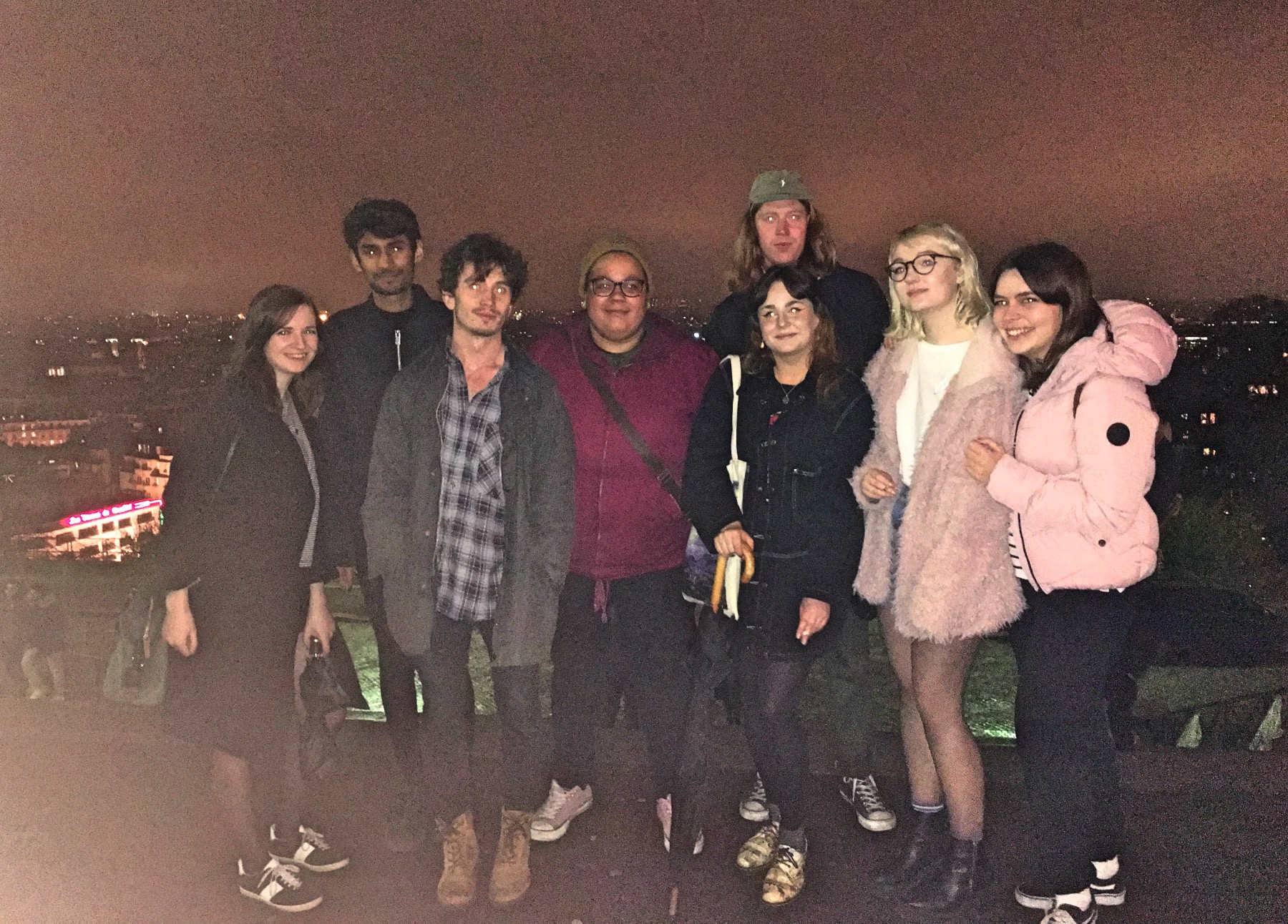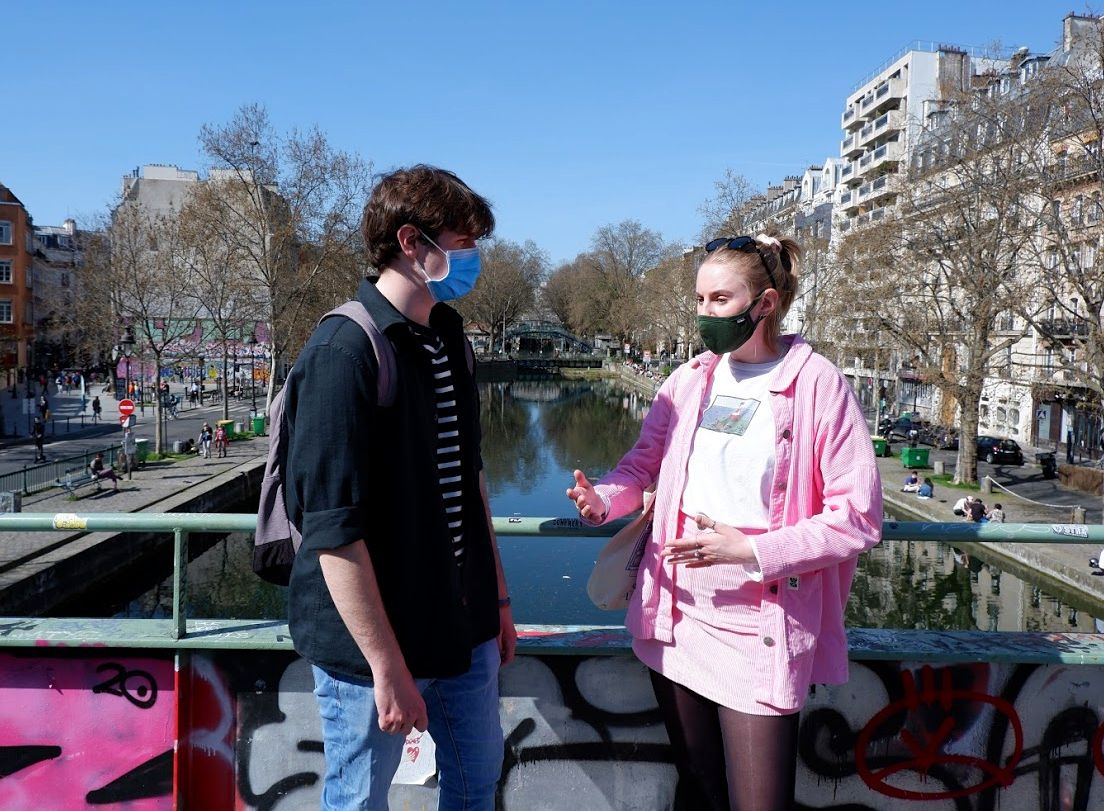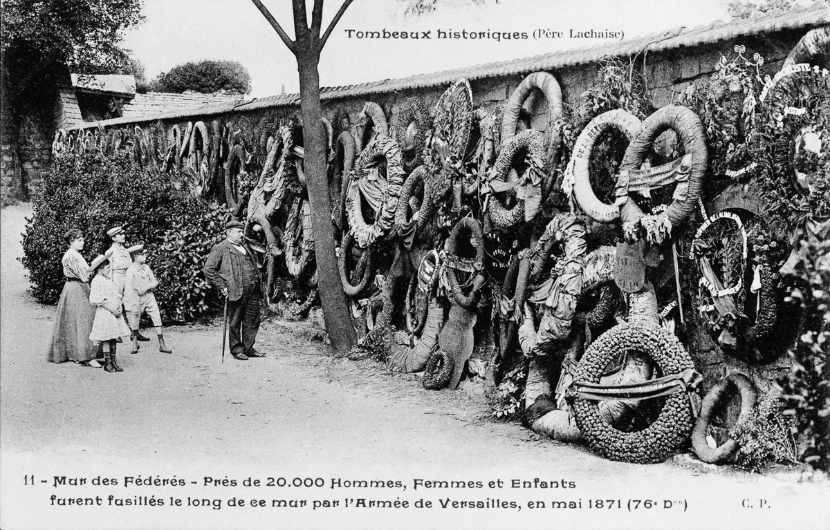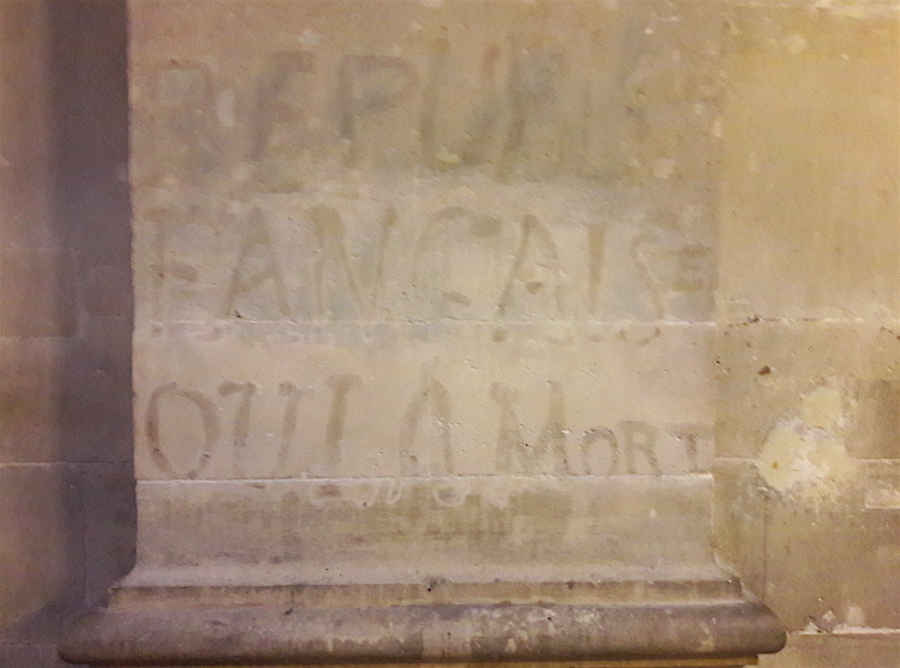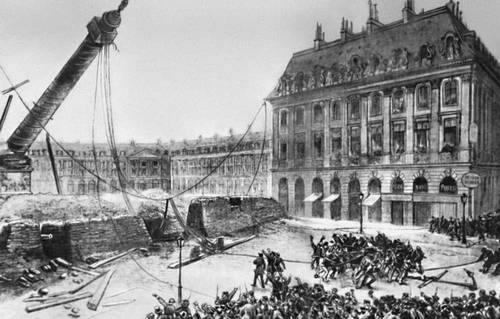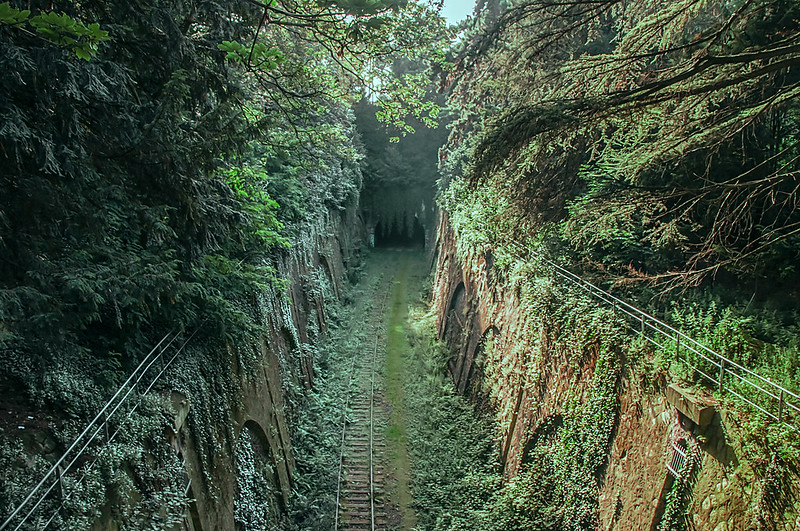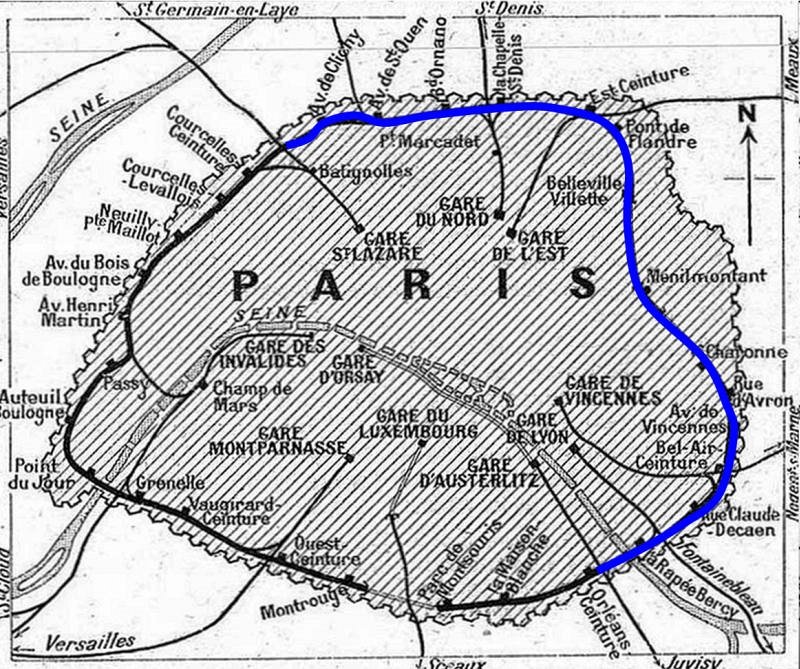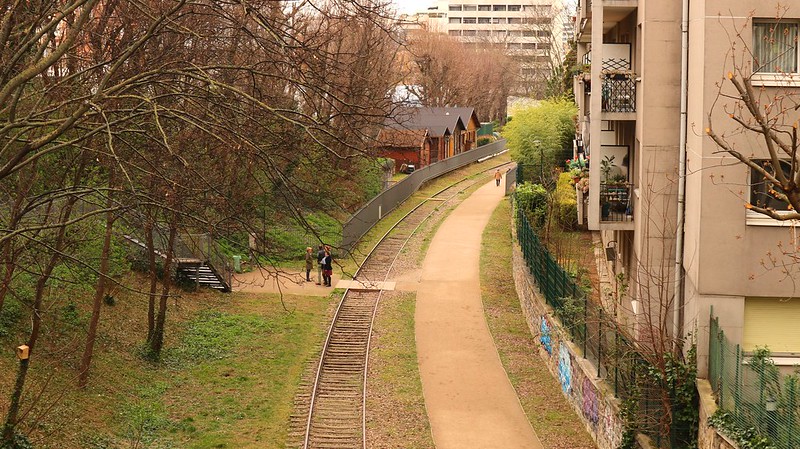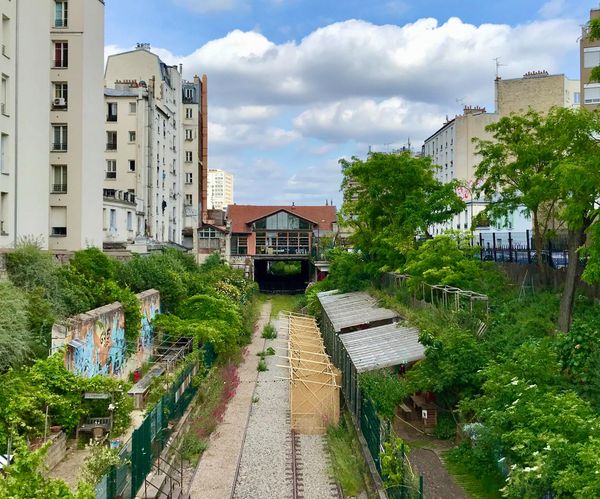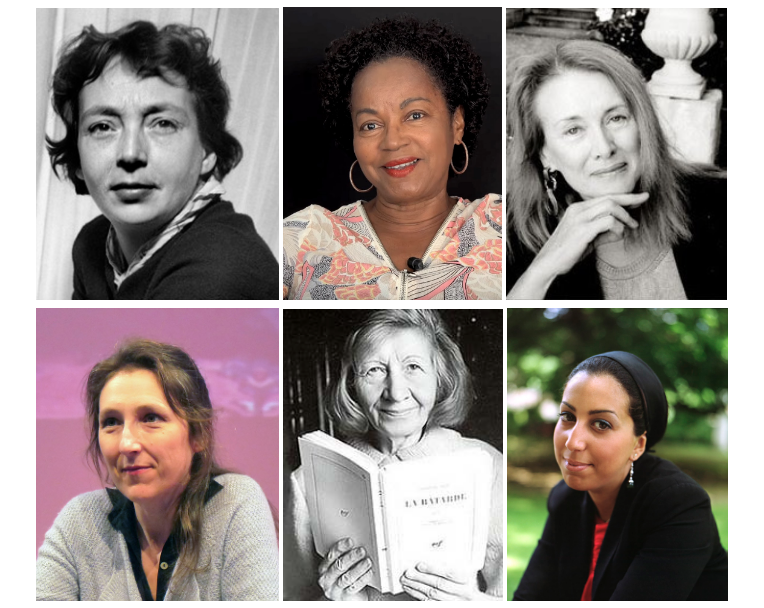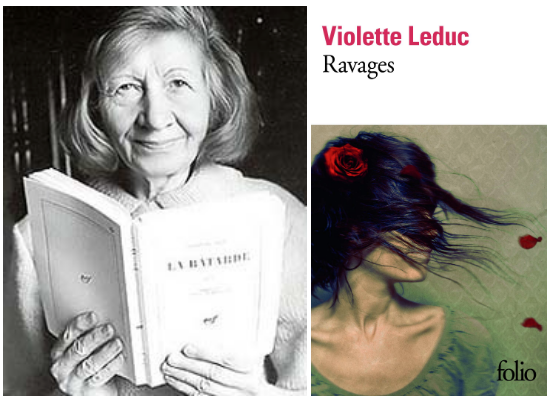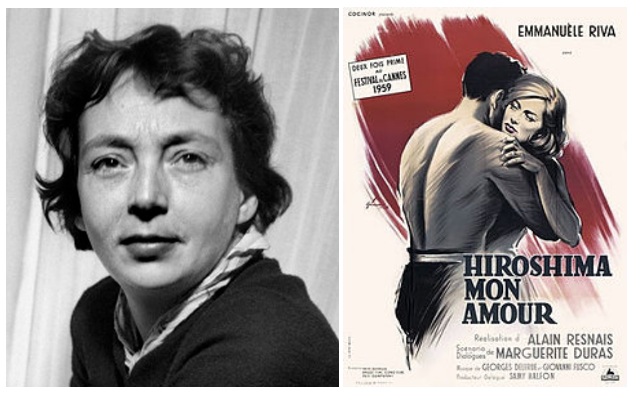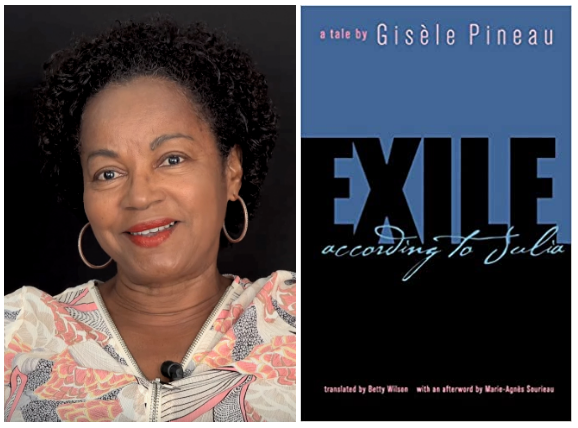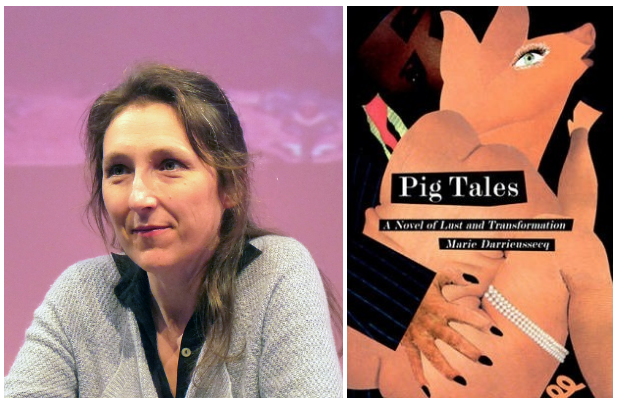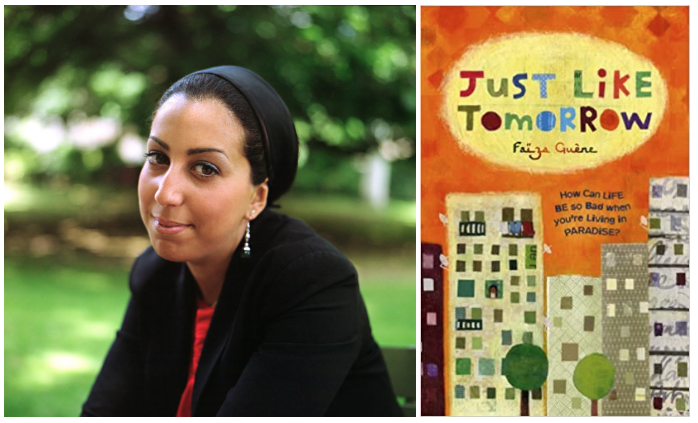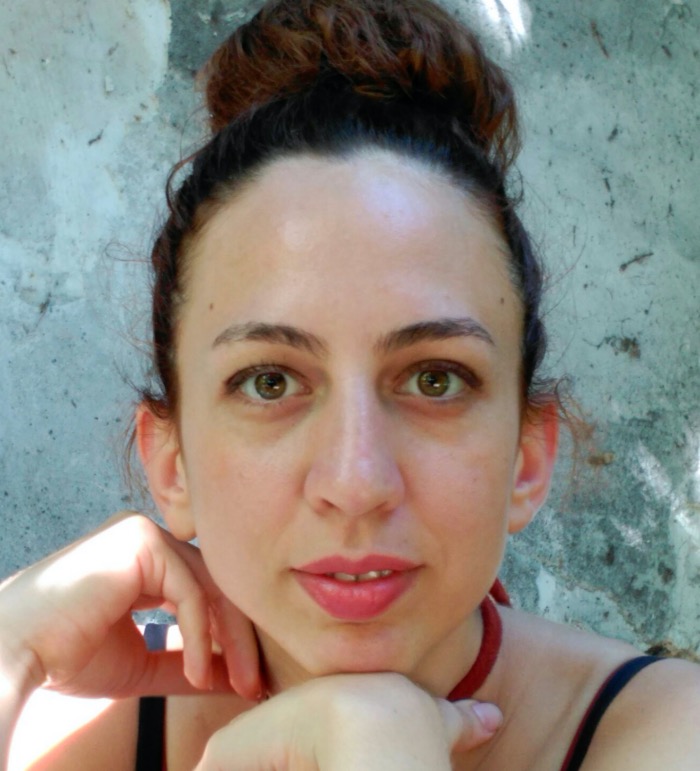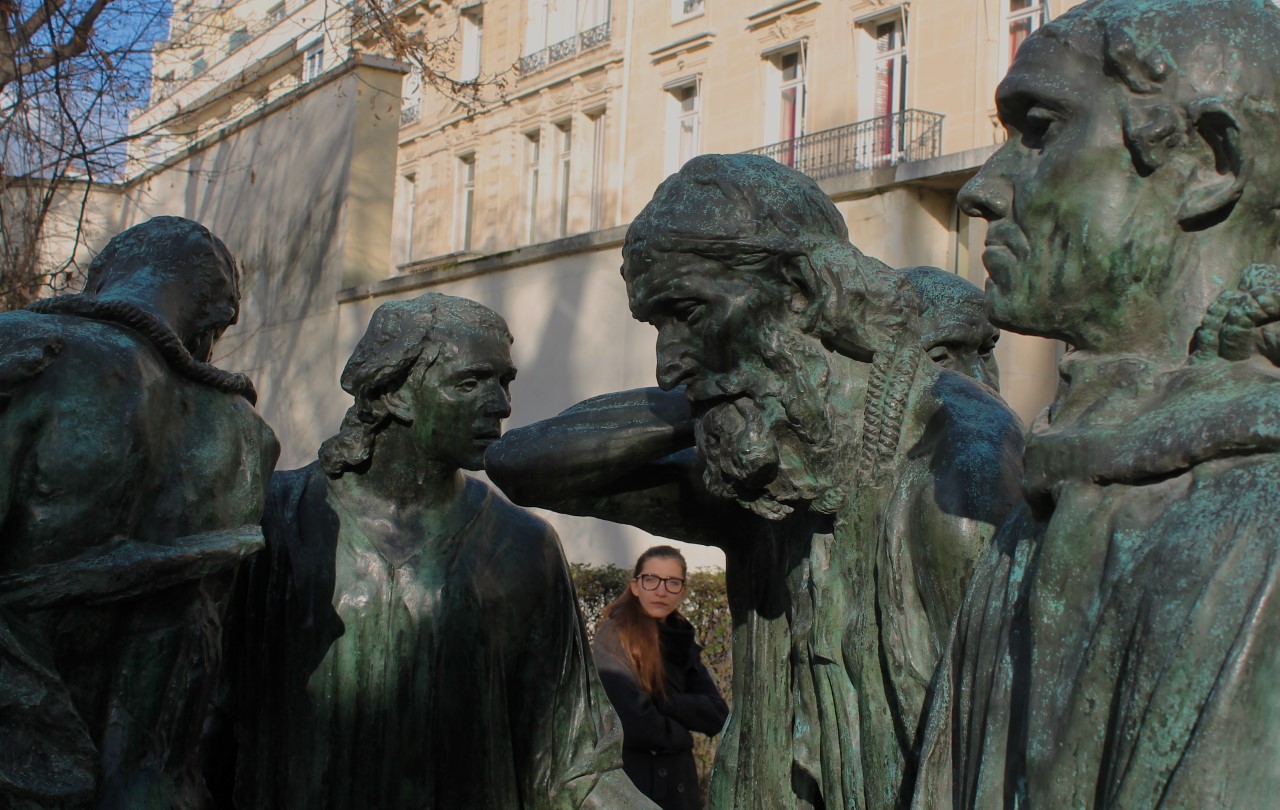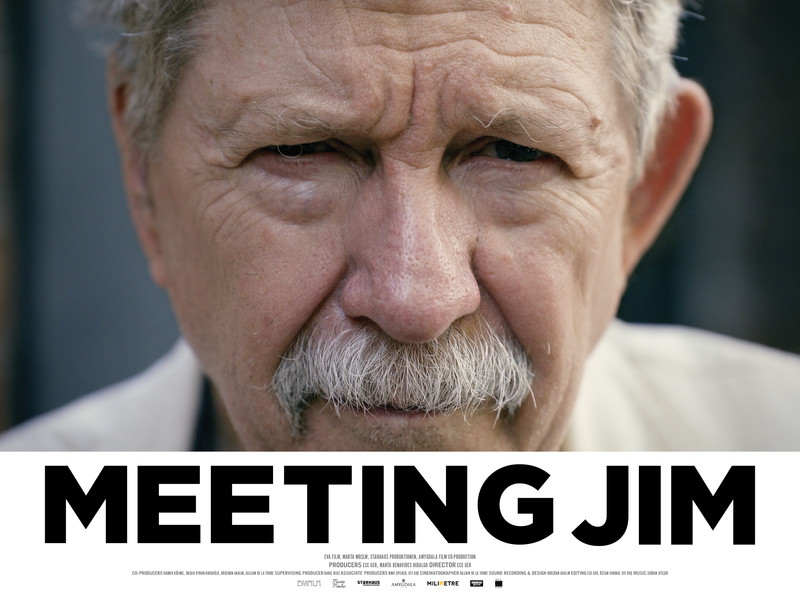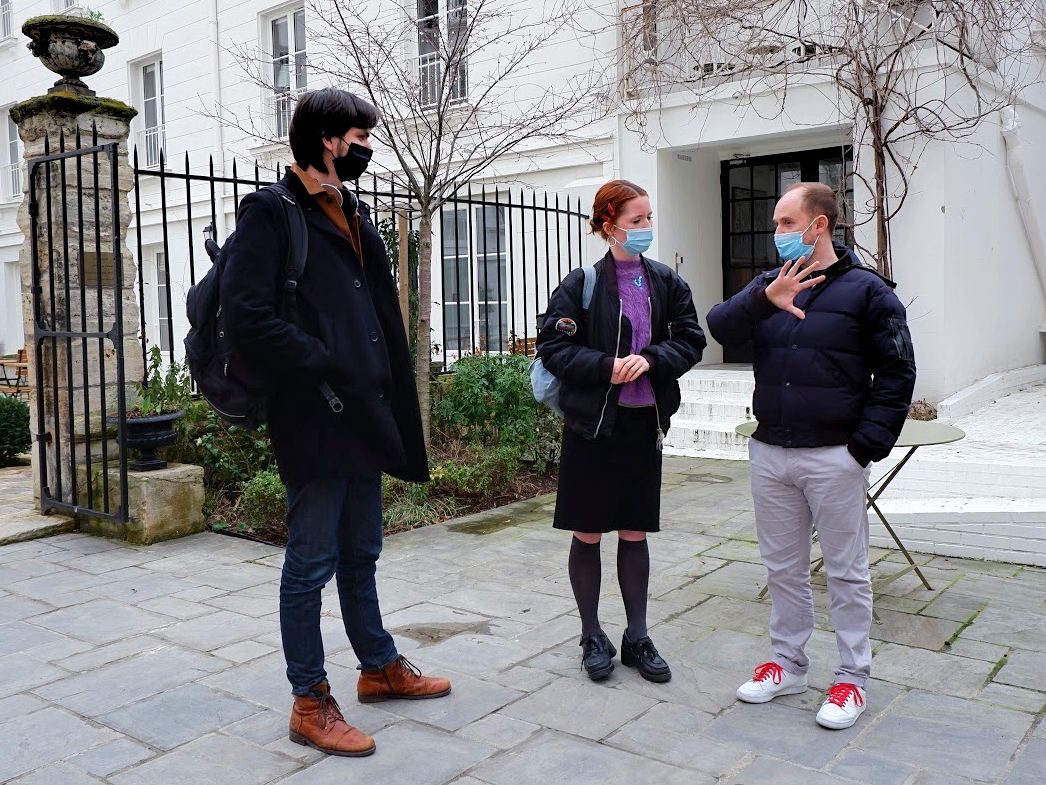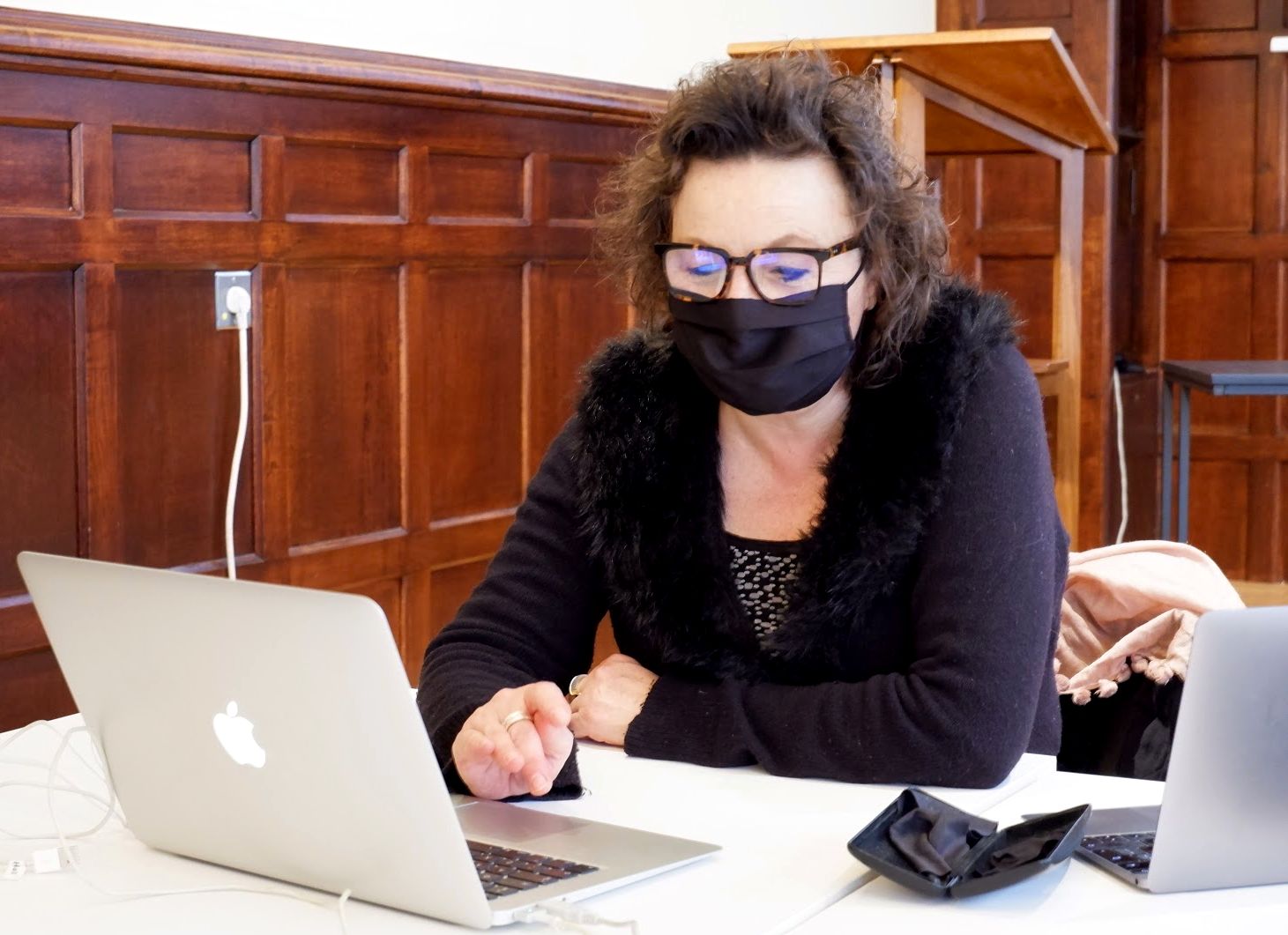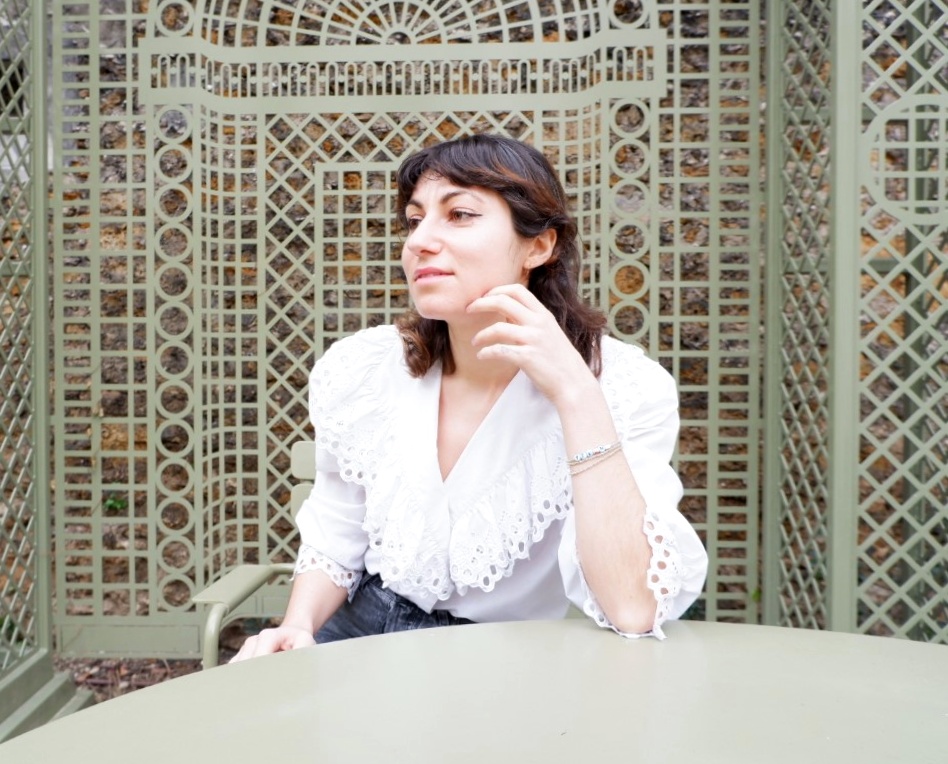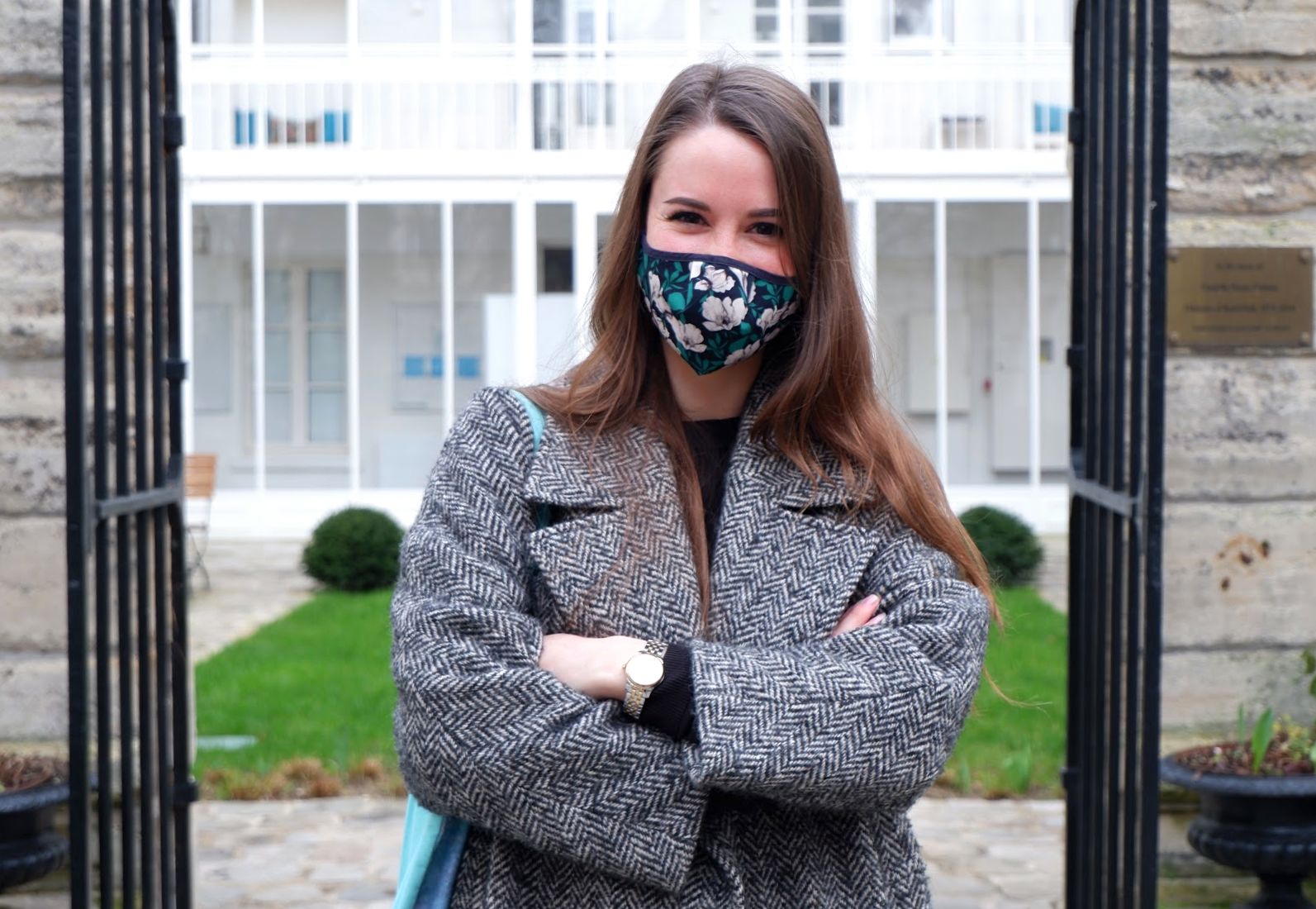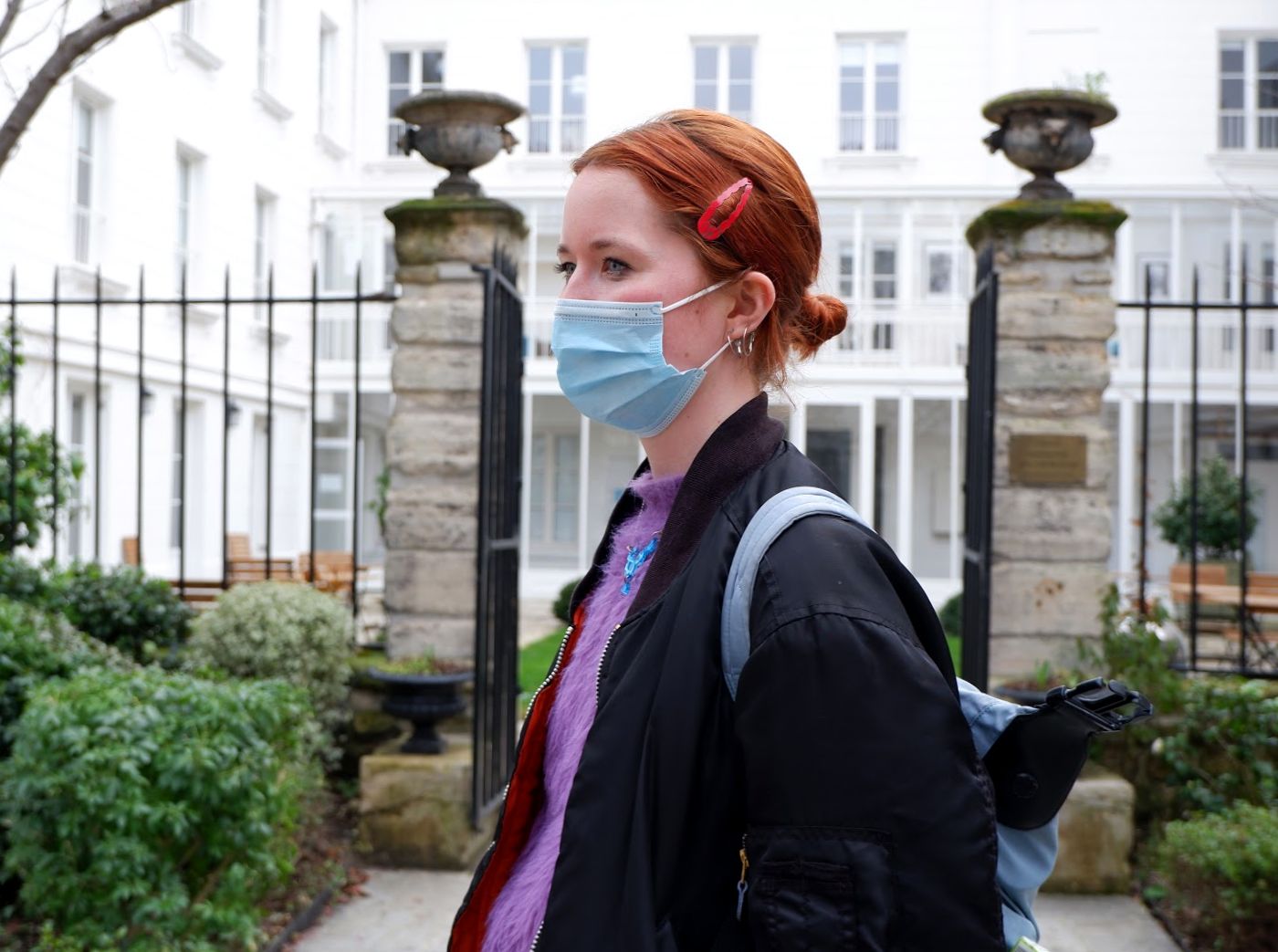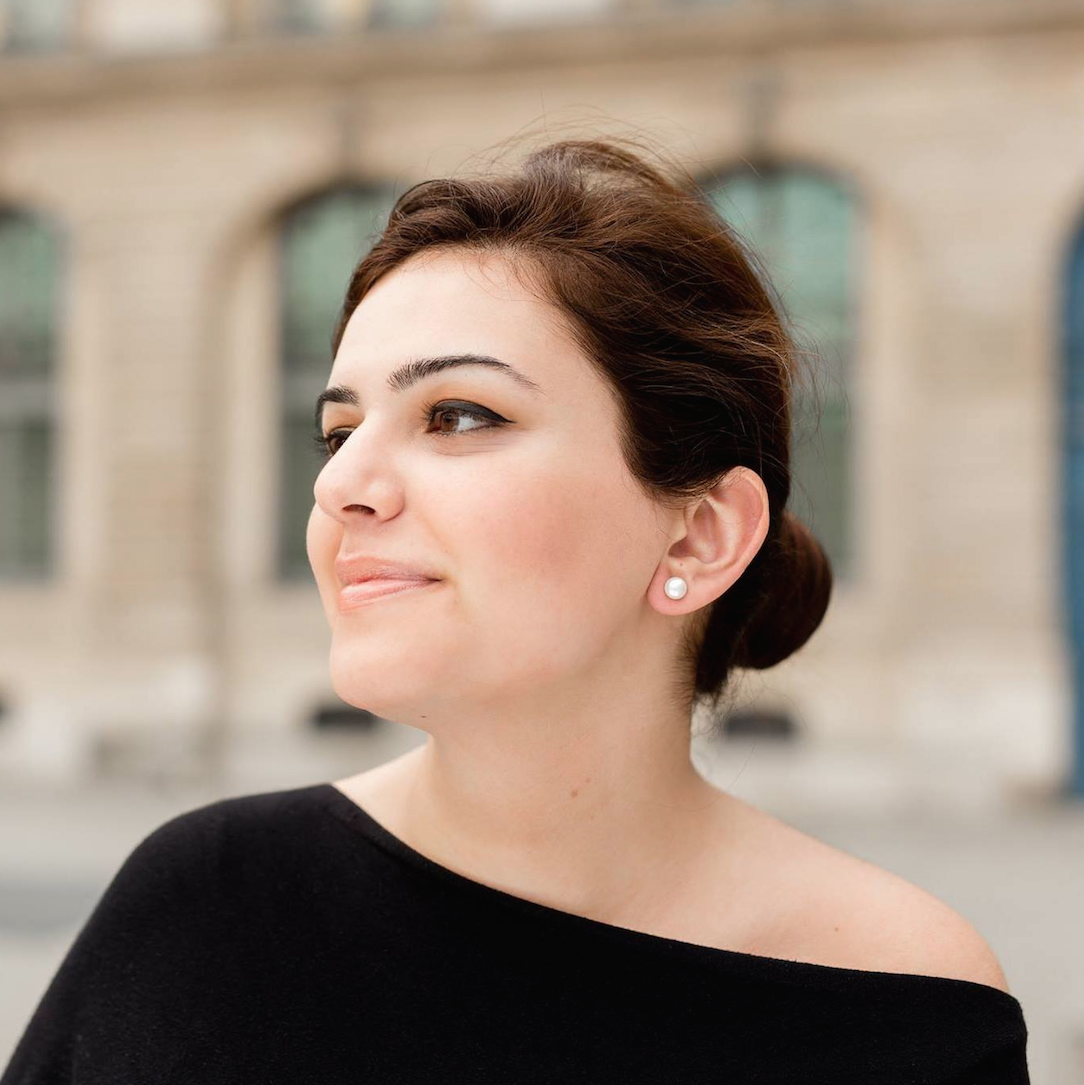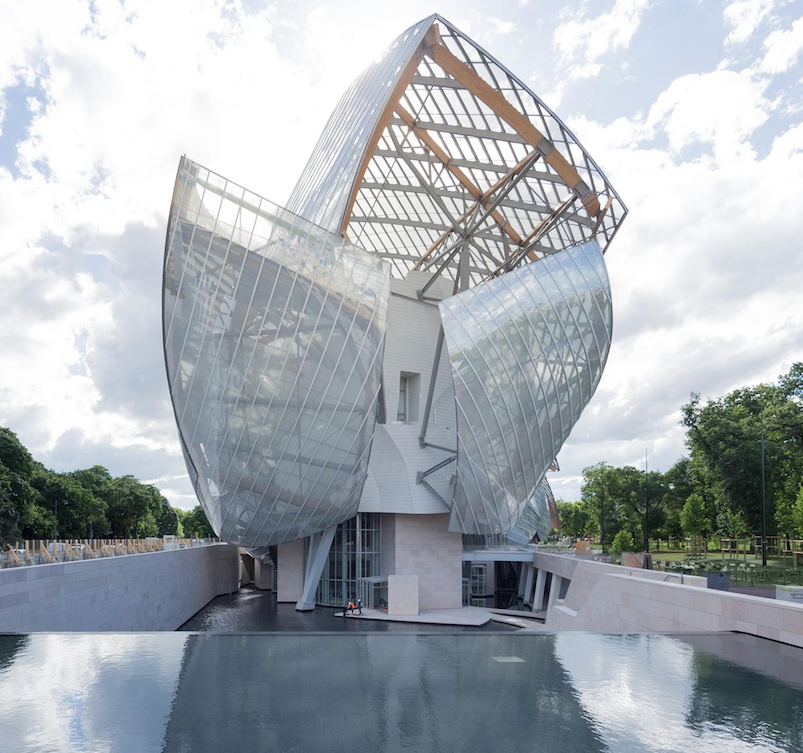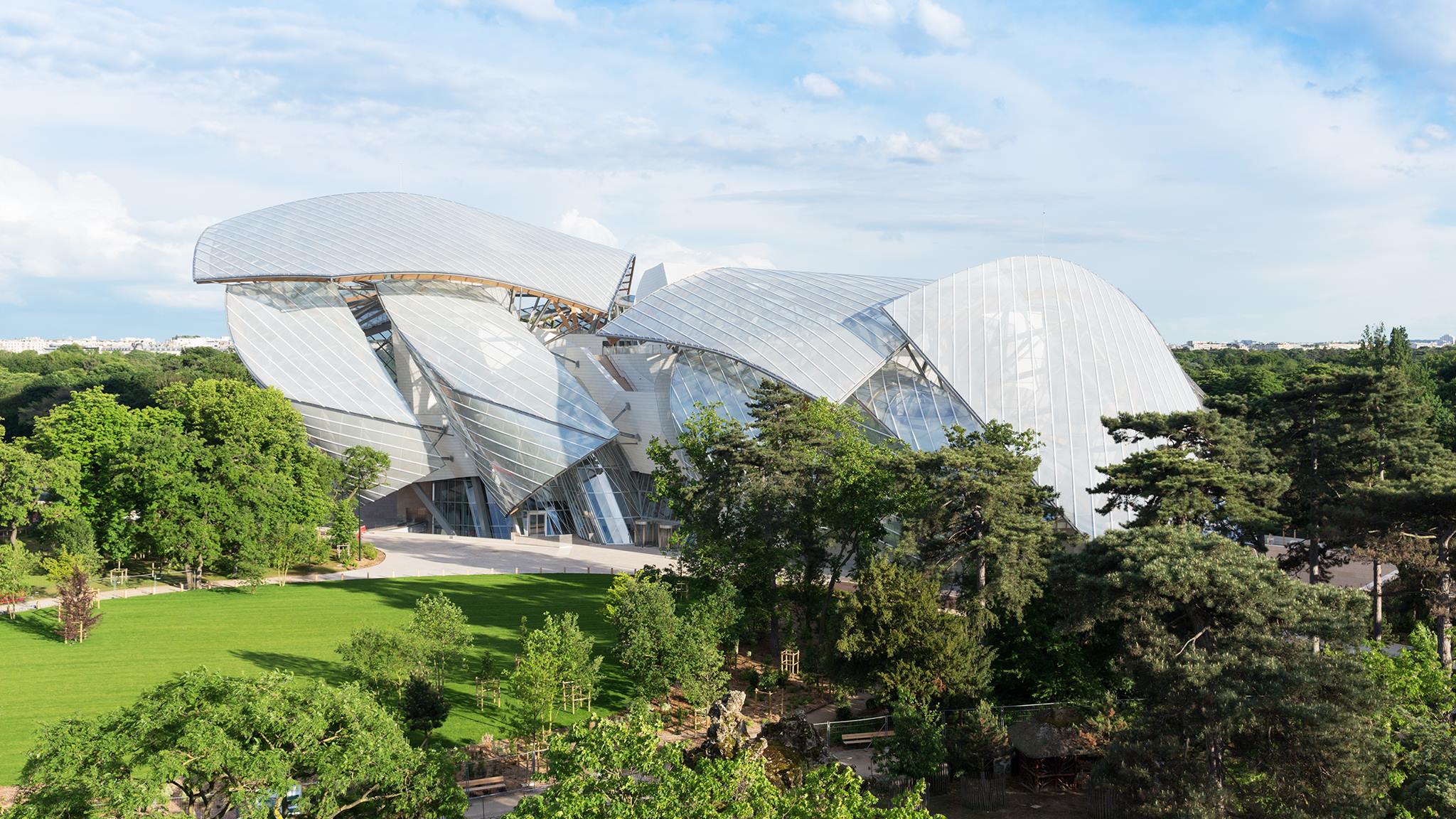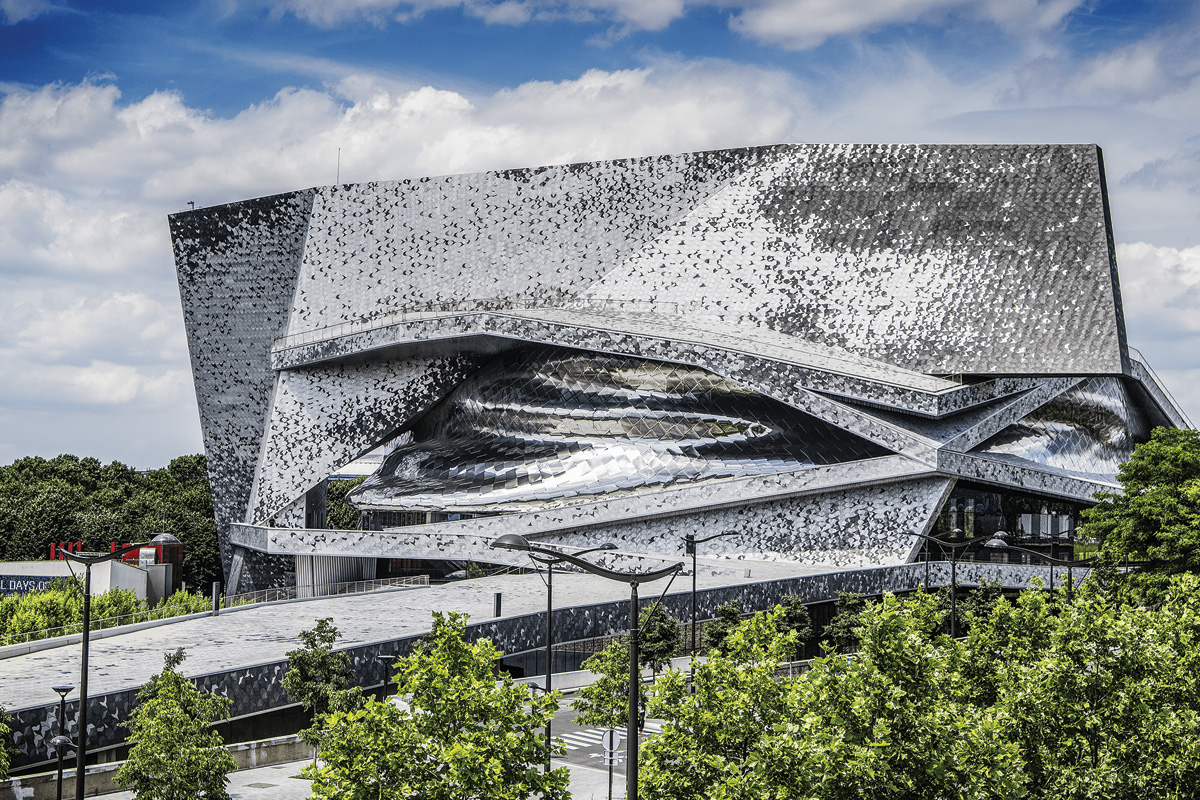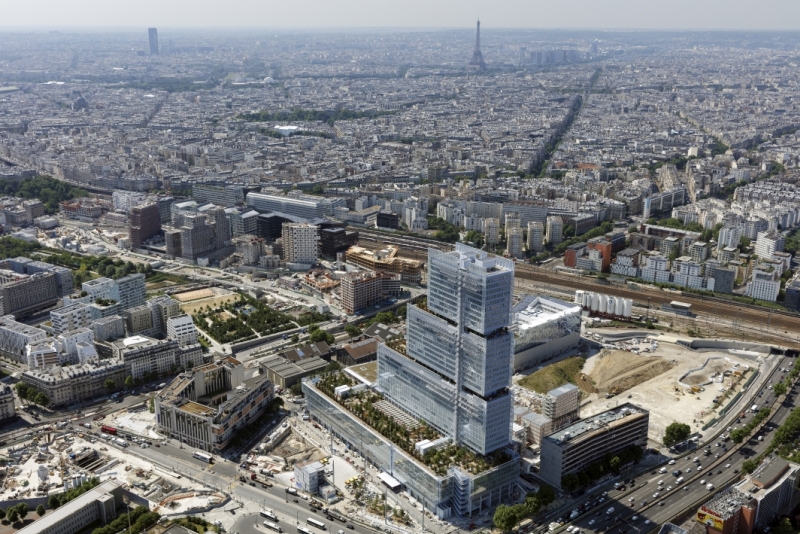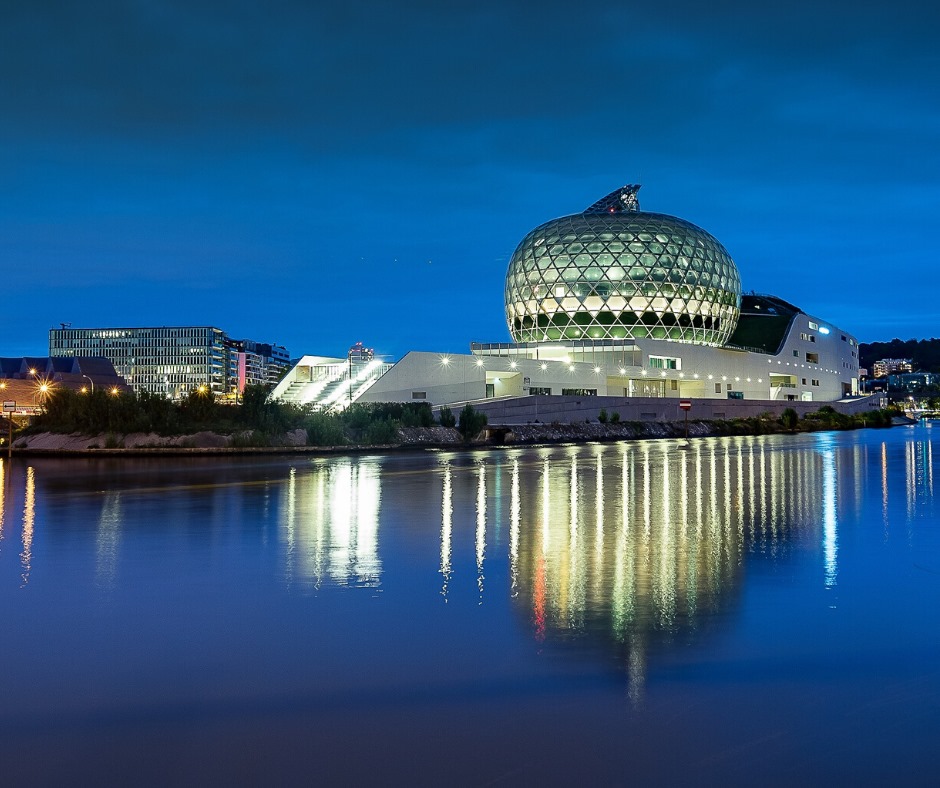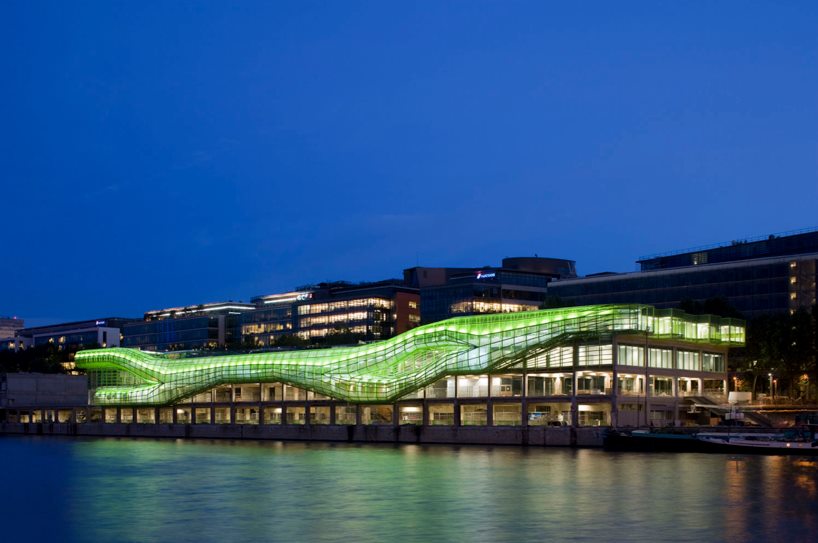Over the last decade Paris has been implementing a range of eco-friendly and sustainable initiatives. Some of these have little visible effect on the overall appearance of the city, like increased bike lanes, however, the local municipality has recently embarked on vast project to renew seven of its most iconic squares as well as the Champs-Elysées and the area around the Eiffel Tower. These large-scale projects aim to make Paris more accessible, greener, more beautiful and allow the city and its citizens to produce and breath fresher air.
The project revolves around seven of the city’s largest squares, which are distributed around the city: Nation, Gambetta, Bastille, Italie, Madeleine, Panthéon and Fêtes. Separately from the seven squares, there are also big plans for two of the most visited areas of Paris: Les Champs-Elysées and the area around the Eiffel Tower. The initiative is part of the Paris Climate Action Plan, a municipal-level initiative to meet the objectives of the Paris Climate Agreement with the ultimate goal of making Paris carbon neutral by 2050.

The future Champs-Elysées. Image: Paris Futur
Hearing from residents was very important in the early steps of the process. To achieve this, the city set up an online platform to gather input from the residents, launched in 2015. Further public opinion was gathered during 150 “town hall” style meetings and workshops. The key elements residents wanted these urban spaces to have were increased vegetation, larger pedestrian walkways, enhanced fluidity of movement and the ability to better enjoy these public space. Protected bike lanes and reduced automobile traffic (and thus noise pollution) were other factors highlighted in these public forums.
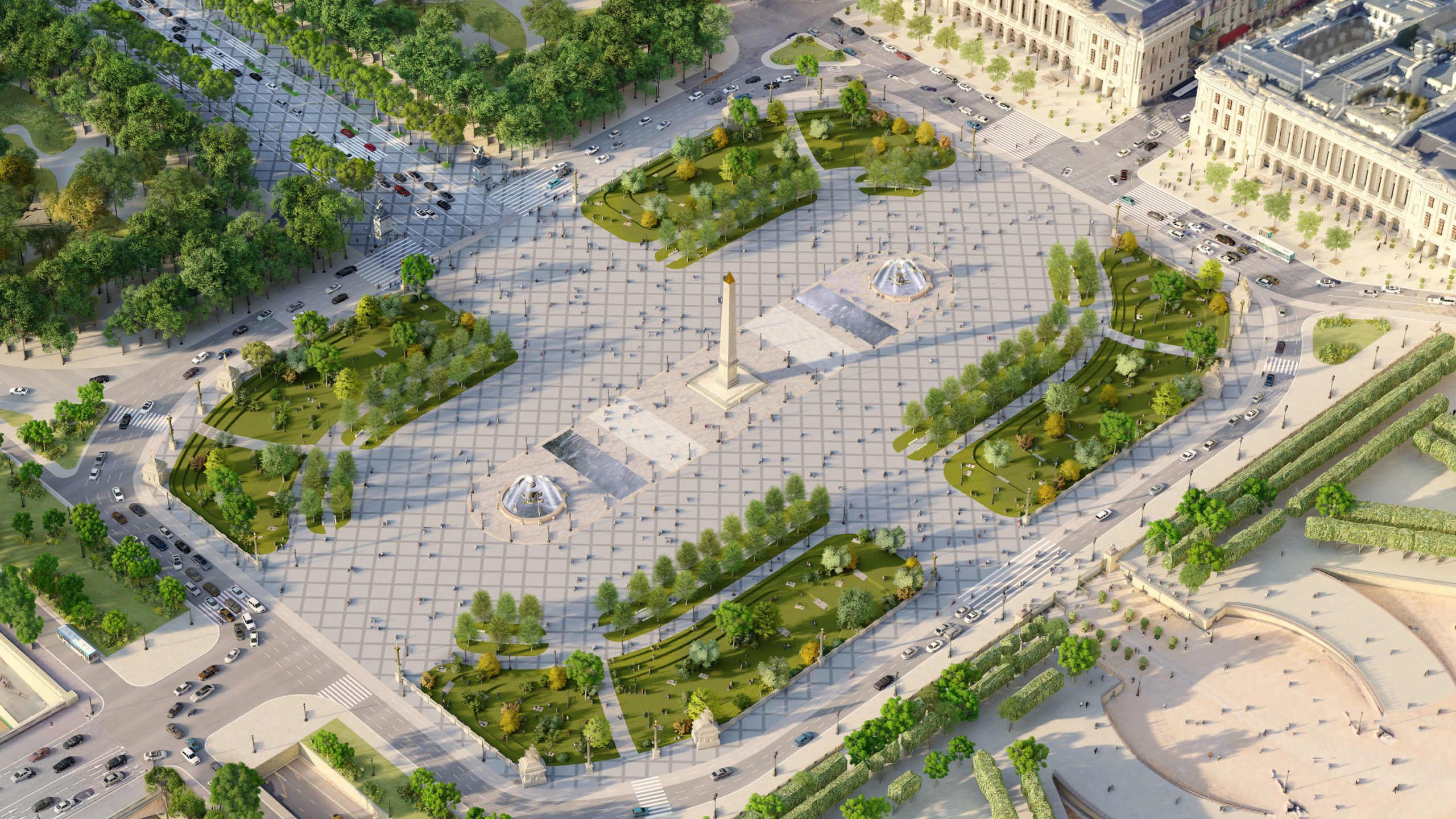
The future Place-de-la-Concorde. Image: Paris Futur
In 2017, four collectives of architects, landscape architects, ethnologists and other specialists began designing these new spaces. The same year, the Paris Pedestrian Strategy was put in place in order to increase and simplify pedestrian walkways in the city. Similarly, the Paris Respire (Paris Breaths) initiative has born, with the objective of introducing several “breathing spaces” in each district as well as encouraging more cycling.

The future Place-de-la-Bastille. Image: Ville de Paris
The global results of the project should claim 25,000 m2 from traffic lanes, which will be converted into sidewalks, bike paths, sitting areas and vegetation. There should also be a total increased area of 15,000 m2 of vegetation, including the planting of 150 trees, as well as 5,000 m2 less pf asphalt-covered surfaces. What’s more, these squares will be 100 % accessible for people with reduced mobility and they will be equipped with ground markers for the visually impaired. Lastly, the squares will feature either water misters or water pools with jets, to help residents cool down on hot summer days.

Site Tour Eiffel . Amphithéâtre du Trocadéro Ville de Paris © GP+B
With the 2024 Summer Olympic games in sight, Paris is also reinventing the zone around the Eiffel Tower and that of Les Champs-Elysées. Entitled “OnE I”, the Eiffel Tower site project will extend from Le Champs de Mars, across the Iena Bridge and up to Place du Trocadero and created “green lungs” within Paris. The Trocadero gardens are going to be redesigned, and cherry trees planted, as well as the upper levels of Trocadero where and green amphitheatre like space will be created. All of these spaces will be accessible for people with mobility issues. Greenery will be planted on the Iéna bridge, the walkways along the Seine and the gardens of the Champs-de-Mars will also be refurbished. The Champs-Elysées project was given the green light by the Paris mayor in January 2021. The “most beautiful avenue in the world” will become even more beautiful thanks to a doubling of its greenery and pedestrian walkways.
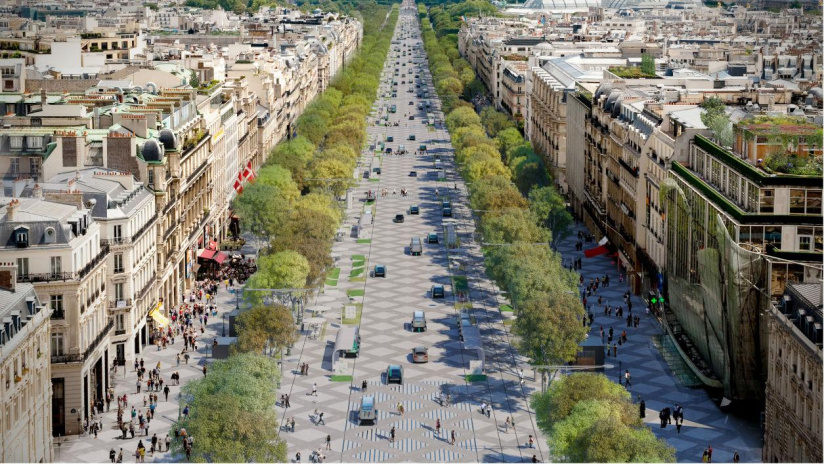
The future Champs-Elysées. Image: ©PCA-Stream
You don’t have to wait for 2024 to enjoy these improved public spaces in Paris, the works are being rolled out gradually. One of the first to be completed is Place du Panthéon which now has a modern urban sitting area on the north side, with benches made of recycled material. Much of the work has already been completed at Place de la Nation and Place de la Bastille, so you can already enjoy more space for enjoying both of these squares. Year by year, they will become more and more beautiful as the greener grows!
Immerse yourself into evolving Paris by pursuing a Master’s at our Paris School of Arts and Culture. Our Programmes in Architecture and Urban Design, the History and Philosophy of Art, Film and Creative Writing allow you to connect with Paris on a deeper level. View our full range of programmes here.


